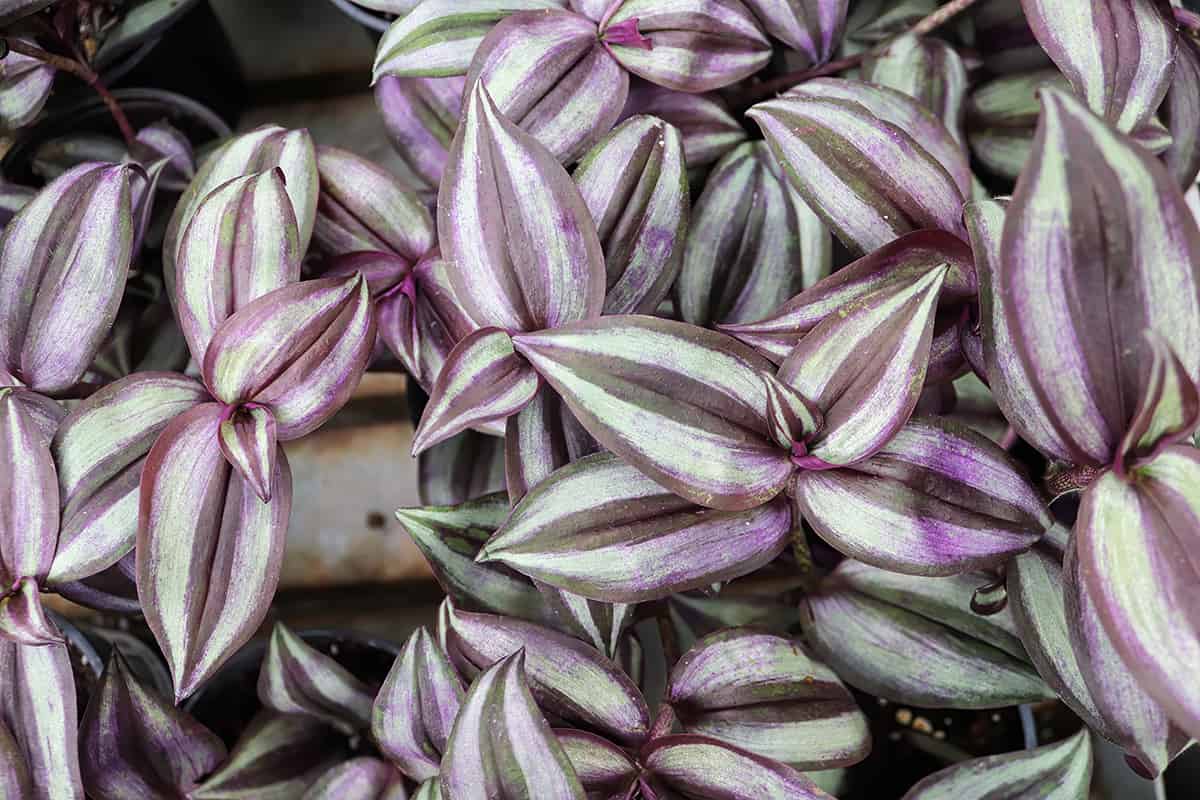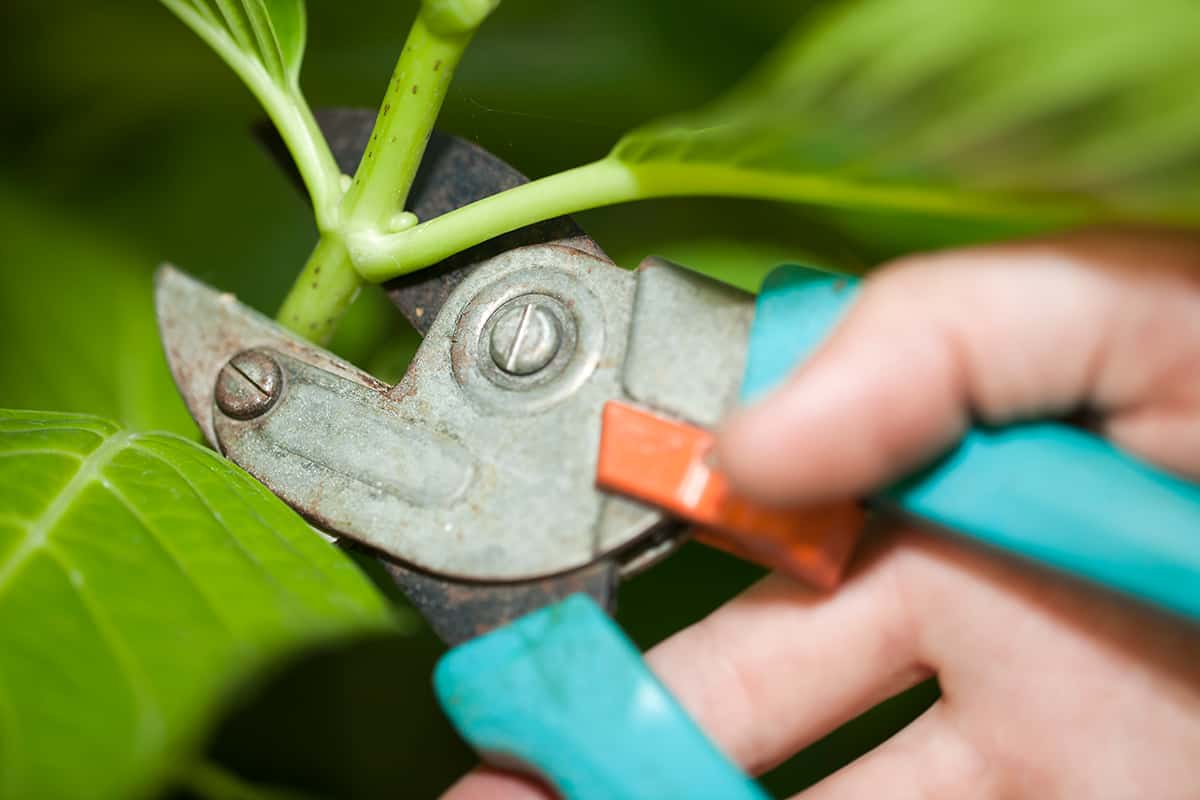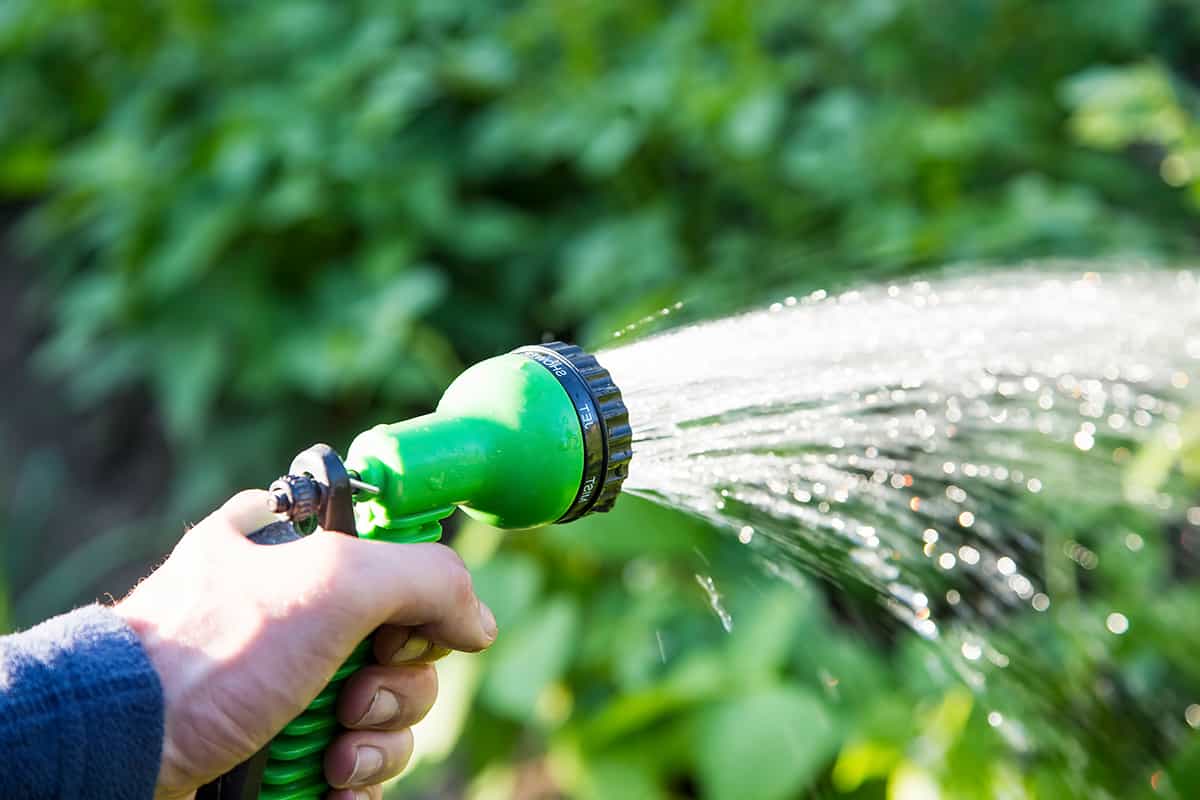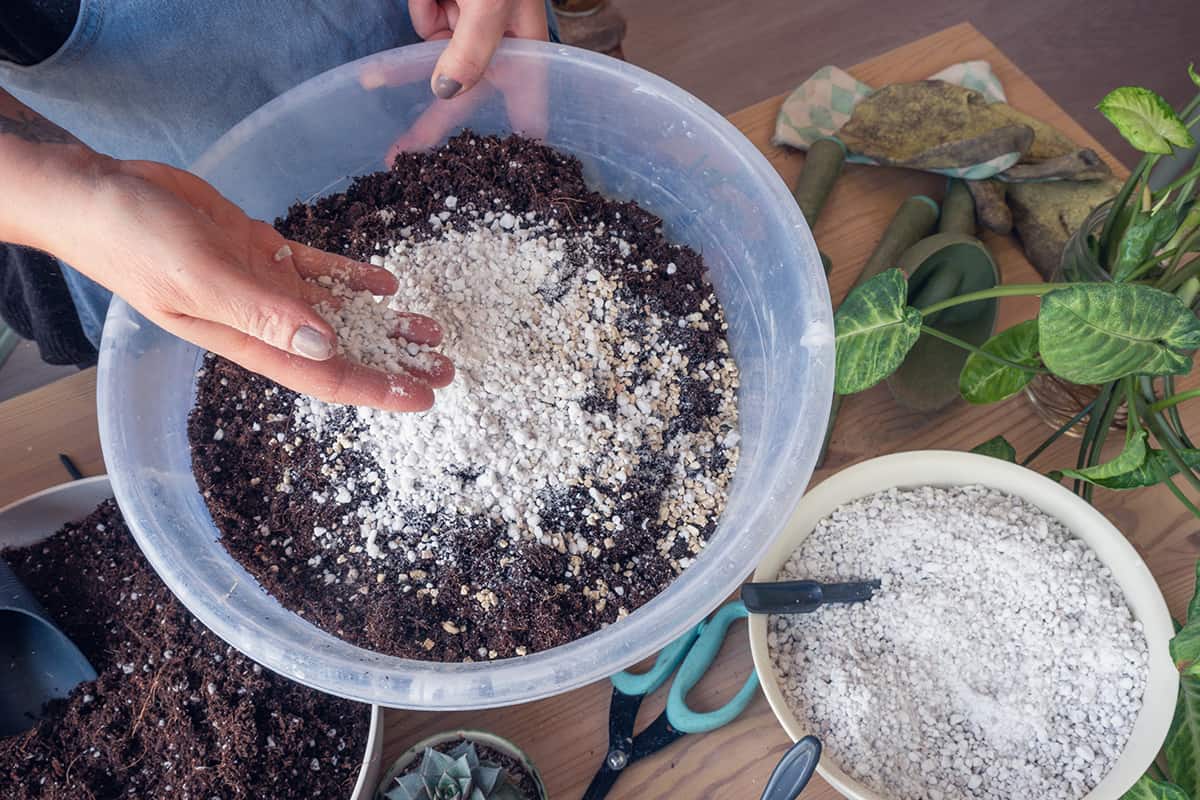It is fun to grow Wandering Jew because there are a lot of plant varieties. They have unique, vibrant colors, perfect for hanging baskets in a garden or patio.
Are you wondering why your plant seems gloomy and dying? Read through this post to know the causes of why your Wandering Jew is dying and learn more about how to grow one.
Wandering Jews may die due to the following reasons:
- Lack of water
- Too much water
- Dry soil
- Lousy drainage
- Infestation
- Root rot
These things are sometimes overlooked because this plant is easy to grow, but Wandering Jew still needs to maintain enough moisture, humidity, space, and well-drained soil to stay healthy and strong.
Would you like to learn more about how to take care of your plant? Are you looking for alternatives to keep your Wandering Jew healthy and vigor? You have come to the right post, as we have these answers. Without further ado, let's dive right in!
![Wandering jew in the pot, Why Is My Wandering Jew Dying [And What To Do]](https://gardentabs.com/wp-content/uploads/2022/08/Why-Is-My-Wandering-Jew-Dying-And-What-To-Do.png)
Why Is My Wandering Jew Plant Dying?
Does your plant look drooping? Drooping can be a sign for different reasons, and it could be a sign that the plant is dying. Here are the reasons why your plant seems sad and dying:
Water Issues
Wandering Due does not receive enough water or is overwatered. Remember that Wandering Jew needs more water in summer than in winter. Consider the climate and weather conditions before watering the plant.
Not Enough Humidity
This plant is tropical and needs humidity to avoid drooping and dying. You can put pebbles on the bottom tray and fill it with water, just enough the level of the stones, then place your plant's pot on them.
Another way is to get a humidifier if your plant is indoors.
Bad Drainage
If the pot has no drainage holes, your plant will drown. It needs water, yes, but too much would kill it. Just water enough to make the soil moist, and use a well-drained pot.
Root Rot
There may be fungi or pests in the soil that affect the rooting system. Check the roots and see if there are signs of rotten roots.
If there is, carefully remove the plant from the soil and remove the discolored and root rot using sharp scissors. Re-pot and use new soil, then wait for the plant to recover.
Why Did My Wandering Jew Turn Red?

Your plant turns red because the variegated leaves have genetic oddities, which are natural for Wandering Jews.
Anthocyanin pigments can cause the leaves to turn shades of pink, red, or purple.
Not all kinds of plants produce this, and it only happens due to several conditions, including changing colors during the fall seasons.
Why Did My Wandering Jews Leaves Turn Brown?
Plants' leaves can lose their colors and have brown spots because of improper watering, and the cause is a lack of humidity. Wandering Jews struggle to thrive in places with dry air.
The leaves will turn brown if the plant continues to receive enough humid air.
During winter, indoor plants are affected by less ventilation and a central heater because these decrease the humidity level in the room.
Here's how to solve this problem:
- Spray water mist on leaves using a spray bottle.
- Put pebbles or small stones on a tray and fill it with water. Place the plant on top.
- Wash your plants using lukewarm water.
- Move the plant to areas with enough humidity.
- You can use a humidifier or home greenhouse kit that traps moisture and warmth.
Click here for a Home Greenhouse Kit on Amazon.
When Should I Water Wandering Jew?

Water Wandering Jew plant once one inch of the top part of the potting soil becomes dry.
Ensure that the pot is well-drained. Also, spraying the plant during the dry season will help to keep the moisture and revitalize it.
What Kind Of Soil Does Wandering Jew Like?
Wandering Jew requires 50% peat moss and a well-draining pot soil mixture. Plant it in a pot with a drainage hole to avoid overwatering. This plant is best placed in a spot at 60 Degrees Fahrenheit temperature.
Can I Root Wandering Jew In Water Propagation?
Tradescantia Zebrina or Wandering Jew will root whether placed in soil or water. Here is the procedure on how to root it in water:
- Cut 6 inches from one of the stems using scissors just right above the leaf node where the new roots will grow.
- Clasp leaves a few inches from the bottom of the cutting, then place them in a clear glass container with water for you to see and monitor the new roots. Ensure that the leaves are out of the water.
- Keep the glass container away from direct sunlight and replace the water every other day.
- Once the roots grow, you can already transfer the plant to potting soil.
How To Grow A Wandering Jew
It is easy to take care of this plant, but it will not hurt to add extra care to make your plant healthy and vigor. Plants still need support and care from their owners.
These are the tips for growing Wandering Jew:
- Wandering Jews are delicate to live in zones 9 to 12. That is why gardeners grow it as an indoor plant. This plant likes bright but indirect sunlight. Too much sunlight will scorch the leaves, and lack of sun will make the leaves color fades. It is best to place the plant facing an area without direct sun during the afternoon.
- This plant requires well-drained potting soil and doesn't like soggy soil. Mix pumice or perlite to help the drainage. Pumice and perlite also help the plant's vigor and growth.
- Water Wandering Jew once the top of the soil looks dry. Water the plant enough that it comes out of the drainage holes. Do not let the ground become soggy due to excessive moisture, and ensure the drainage holes are not clogged. Too much water will result to root rot.
- You can also use fertilizer to add nutrients to your plants. There are available formulated fertilizers for houseplants. Follow the instructions of the manufacturer in using fertilizers.
How Do You Save A Dying Wandering Jew Plant?
It is dying if your Wandering Jew is showing brown spots or drooping. There is still a chance to revive the plant, considering it is not yet dead. Here is how to restore a dying Wandering Jew:
Pruning

Repotting
There could be a possibility that the pot is too small or the plant needs fresh soil. Ensure that the pot has enough drainage holes.
Watering

Water the Wandering Jew consistently and lightly for a few weeks until changes and growth appear.
Stem Cuttings
If needed, you can revive the plant by cutting the stems. Prune and place the stems in a glass of water until new roots appear. Place the glass in the shade while waiting for the roots to develop.
Once the roots have grown, plant them in potting soil.
Fertilize

If you repot the plant, add transplanting fertilizer after a few weeks to strengthen the roots and reduce transplanting shock.
What Are The Best Fertilizers For Houseplants
Wandering Jew is commonly grown as a houseplant which requires fertilizers specially made for indoor plants. Here are the best fertilizers to use:
Liquid Indoor Plant Food
This product promotes colorful blooms, strong roots, and green leaf development.
Click here to check Indoor Plant food on Amazon.
Miracle-Gro Water Soluble Plant Food
This fertilizer is easy to feed. It contains nutrients that help plants grow twice as ravenous plants.
Click here to check Plant food on Amazon.
Purified Liquid Fertilizer For Indoor Plants
This liquid fertilizer helps plants' growth and supports the photosynthesis process. It contains essential nutrients to maintain healthy soil.
Click here to check Liquid Fertilizer on Amazon.
To Finish Up
Taking care of Wandering Jew is easy but tricky. It needs a little sun but not too much to avoid burning the leaves. It can also propagate in water but can't get overwatered in soil. Remembering these small things will help plant lovers to maintain the plant's health.
Made it this far? Check out these helpful related posts!




